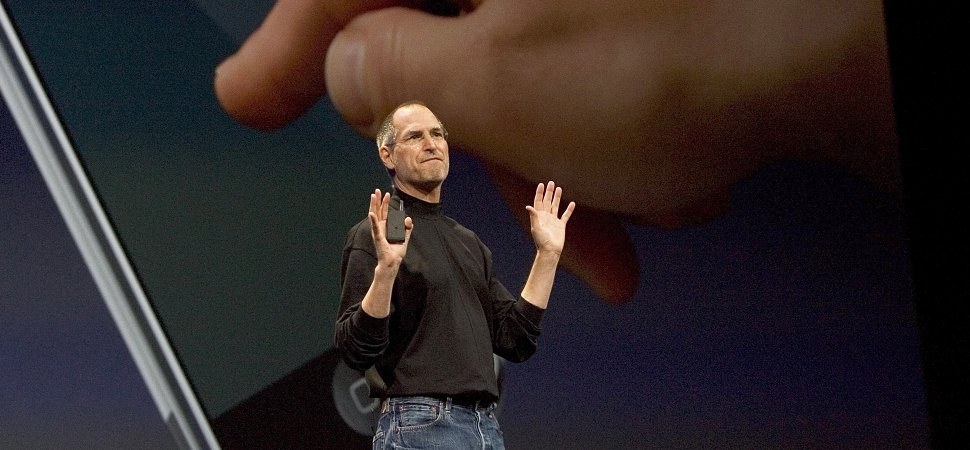I. Engage your audience
II. Use a SYSTEM to improve yourself
III. START to structure your presentation
I. Engage your audience
Position audience
- Ask tie-down questions to secure ‘yes’es
- The more ‘yes’es you get the more engaged your audience
- Ask with “may be” to not undermine the audience ego
“May be you want to become better at presentations…”
Position subject
- Divide your stage into three vertical areas (pain, gain and solution)
- Position yourself in “pain” area as you touch the pains
- Position yourself in “gain” area as you touch the gains
- Position yourself in “solution” area as you reveal the solution
Position time
- Call the audience to action (CTA)
“There’s no better time than now to improve your presentation skills”.
Position self
- Use a SYSTEM to position yourself
II. Use a SYSTEM to improve yourself
State
- Position your audience in ‘Foveal’ vision (i.e. your audience should be in the focus).
- Position yourself in ‘Peripheral’ vision (i.e. you should be in the background).
- Take 10 deep breaths (the more afraid you’re the smaller you become. the smaller you become the harder it is to breathe)
- Silence is golden

Yourself
- Avoid
- – negativity
- – complaining
- – lying
- – dogmatism
- Do
- + honesty
- + authenticity
- + integrity
- + love
(look up Julian Treasure TED talks)
Stance
- Stand shoulder width
- Point your feet towards the audience
- Chin neutral (may be slightly down)
- Hands near belly button
- Chest out, shoulder back

Tonality
- Sage (consistent and authentic) – use when sharing knowledge
- Warrior (loud, short, punchy) – use when calling to action
- Lover (soft, caring) – use to show empathy and emotion

Eye contact
- Maintain eye contact with an individual for 3-5 seconds (don’t spray eye contact)
- Look into the camera occasionally (if there is one)

Movement
- Move with purpose (move – say – stop, in other words movement as a punctuation)
- Divide your stage into 2 horizontal areas (context and story)
- Use a context area to zoom in (give important message, share knowledge…)
- Use a story area to zoom out (give a holistic view, tell stories…)
(look up hand gestures of Obama)

III. START to structure your presentation
Salt
- Salting means making people thirsty (to anticipate what comes next)
Transformational teaching
- Ask questions (pull knowledge)
- Tell them to write it down (pls write it down.. This is important)
- Share believe-based context (that is what speaker believes, not the actual facts)
Anchor
- Anchor USA (unbiased experience, story and activity)
Relate
- Say “YOU” (instead of ‘we’) when you want your audience to relate to something
Takeaway
- Remember the story of ‘Fix the man – fix the world’, and ‘Spotlight effect (opportunities hidden in plain sight)

